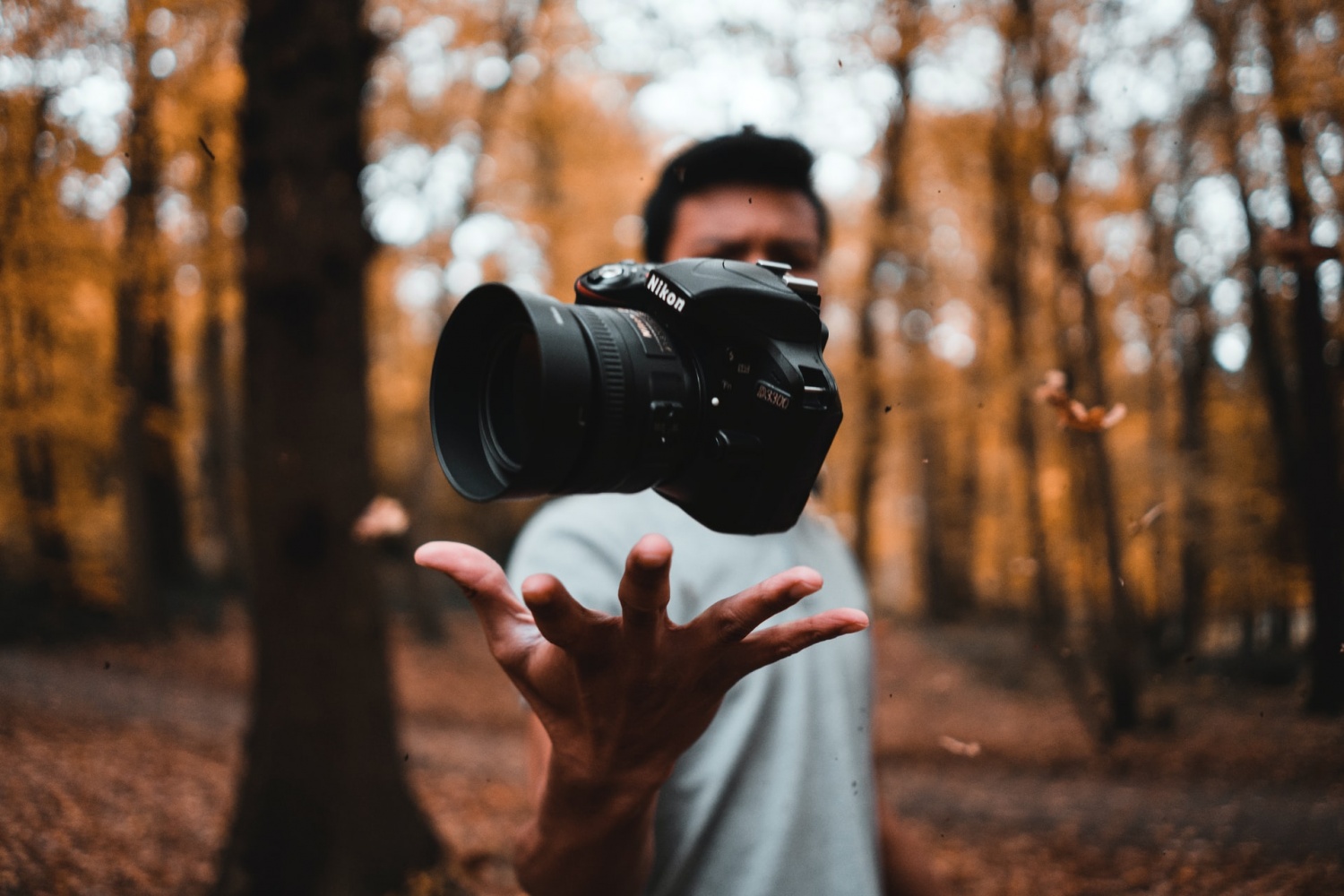
Both ab-initial and professional photographers can pretty much enjoy fully automatic settings with all the advancements in today's digital cameras. Still, the photographer behind the camera will always be the key to achieving high-quality images.
In its most general terms, the photographic composition is the art of composing an image through arranging elements. Moving objects or subjects acts as a boon in arranging elements. An excellent example of this case is portrait or still life photography. In photography, attention to what is focused, the placement, and how well the subject matter is visualized is expressed.
The viewing behavior is influenced by a photography composition, understanding the techniques of composition in photography, and knowing how to involve your viewer's eye to your creativity is an art. Therefore, if you're looking for ways to improve your photos without using photoshop naturally, platforms like Shotkit act as a great help. Let's see some of the most commonly practiced photography composition techniques below:
COMPOSITION TECHNIQUES
1. RULE OF THIRDS
This thumb rule or guideline, which applies to compose visual images like designs, films, paintings, and pictures, is the RULE OF THIRDS. It proposes the positioning of significant compositional matters in an image. Imagine a photograph as divided into nine equal parts by two equally spaced horizontal lines and two equally-spaced vertical lines. As per the technique's supporters, it was aligning a subject with this phenomenon, creating more attentiveness in the composition technique than solely focusing the subject.
2. SYMMETRY
Scenes containing reflections are an excellent opportunity to use symmetry in your composition. Mixing the rule of thirds and symmetry to compose the scene is a unique way. You can often combine several composition guidelines in a single photograph. Also known as formal balance, is a concept of aesthetic composition involving equal weight and importance on both sides of a composition.
3. GOLDEN PROPORTION
The golden proportion significantly used to analyze the dimensions of natural objects in photography. In some cases, the golden ratio appears in some natural patterns, including the spiral leaves arrangement and other plant parts. A photograph lacks impact because the central theme is so minute that it vanishes amongst the mess of its adjoining. Sticking tight around the subject, you eliminate the background "noise," ensuring the image gets the viewer's undivided attention.
4. THE LEADING LINES
When we glance at a photo, our eyes naturally draw attention along the leading lines. By thinking about how you place them in your composition, you can affect how one view's an image, pulling your audience in your photographs towards your subject; you take them through the journey in a scene. Straight, diagonal, curvy, zigzag, radial, etc. are different lines used to enhance your photo's composition. Getting an idea from Tutorial representation and following the work of leading photographers gives better clarity about capturing images to the beginners.
5. BALANCING ELEMENTS
Off-centering your main subject and the rule of thirds creates an exciting photo, but sometimes it also leaves a void which can make your picture look empty. Try achieving a balanced composition by evenly distributing the main subject and include another object of lesser importance to fill the space.
6. LAYERING
Introducing Layering in your composition includes other elements from the camera and adds depth to a photograph. It allows the audience to be bound by the image and bounce from one matter to another. This effect looks even more compelling when there are layers of foreground, middle, and background dominating your picture depending on your focus setting.
Consider the elements fixed, and the inclusion of perspective change can modify your foreground's size according to the layers in the background. If you opt to do your layerings through photoshop or editing, do it naturally, possibly. Be cautious about presenting the overall photograph balanced and make sure to have distinctive creativity to attract the audience.
7. COLOR CONTRAST
The contrast in photography is mainly of two types black, white, and shades of gray. Contrasting refers to the difference between different hues. That is to say, and it's responsible for the way colors interact with each other.
Create ways to make your photograph attract the audience like a pro! One of the most elegant forms of making your photo pop is using eye-catching colors. Such colors have even more impact when combined with a distinctive color, so in this article, we looked at how you can apply this idea. Also, referring to websites like shotkit.com gives better clarity. Learning which colors pair well together add simplicity to such pictures and produce an authentic result.
8. FRAMING PHOTOGRAPH
The role of any composition technique is to draw attention to a photograph. Using elements of a scene like a doorway, pulled back curtains, branches, fences, tunnels, arches-to create a frame within your frame is what we term as framing. Out of these examples, you might shoot through everything starting from the doorway, pulled back curtains, branches, fences, tunnels, or arches that highlight your subject.
Conclusion
Mastering photography composition is sure that the photographer can visualize a good photograph without a camera, but many beginner photographers struggle with it. Photography experts have well-designed websites to showcase amazing tutorials, camera knowledge, and photos to the beginners. They all share different styles and approaches.
Some use a large background image or a large slider to showcase the photos at their best while others use many smaller thumbnail images to fill the screen. A minimalist design style to balance the elements in a photograph adds significance as it allows pictures to catch the viewer's attention than the detailing or depth of the site.
* This is a contributed article and this content does not necessarily represent the views of techtimes.com









